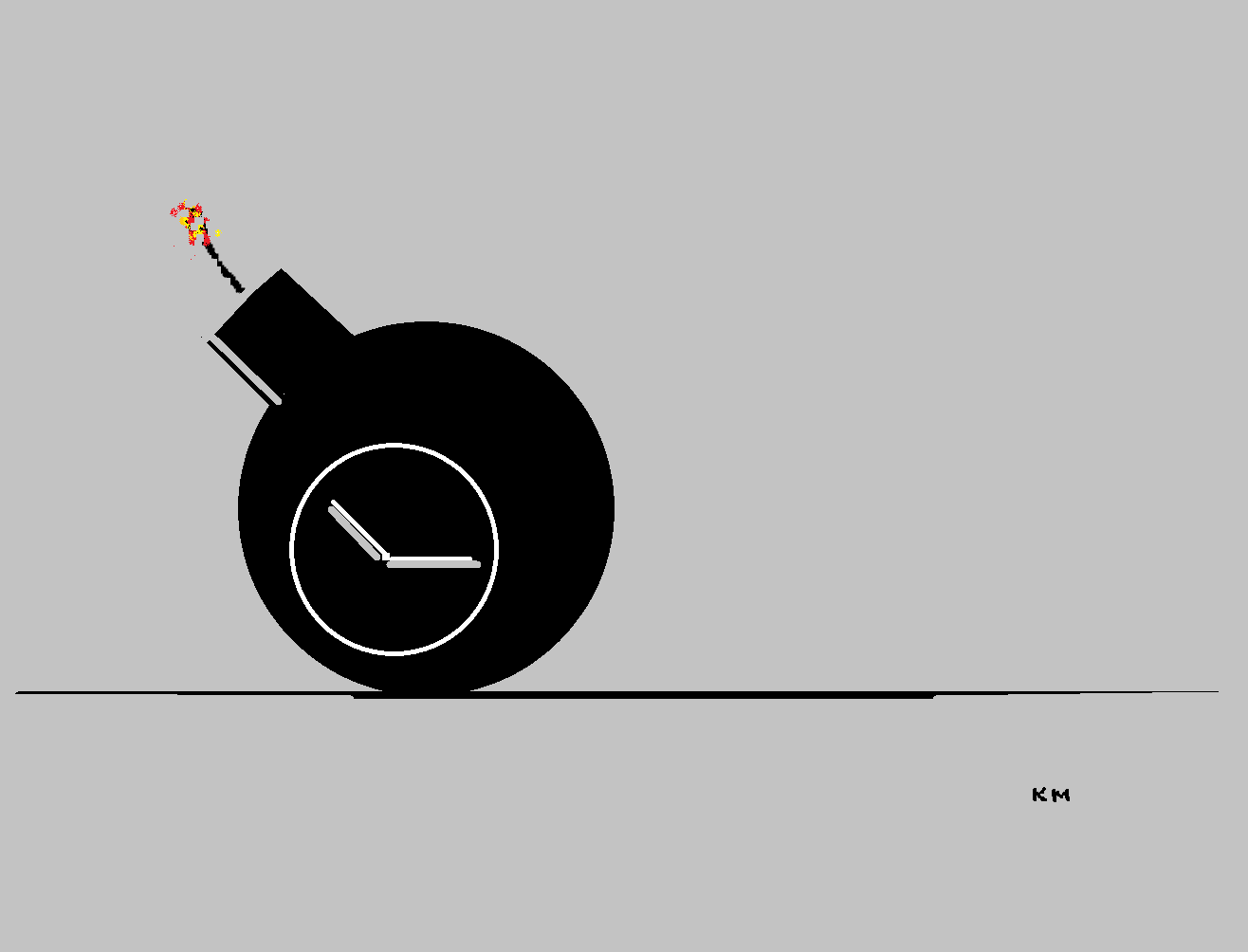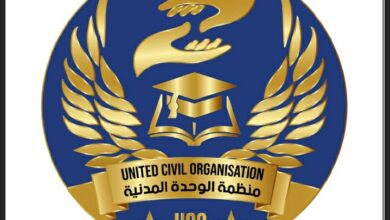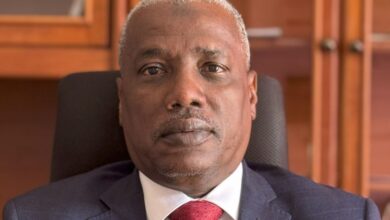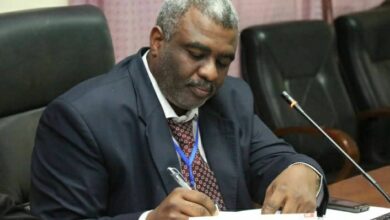
Renaissance Dam Is a Ticking Bomb

Omer B. Abu Haraz
This article is a chronicle of the construction of the Grand Ethiopian Renaissance Dam (GERD) which reveals the gravity of crisis between three African countries, which has grown to take the form of a ticking bomb.
1902, a five article agreement was signed by Minilik II King of Ethiopia with her majesty the Queen of Britain. The third article of the agreement is the most important.
It stipulates that King Minilik II undertakes to refrain from constructing a dam in the Blue Nile that arrests any amount of water flowing to Sudan without the consent of the government of Sudan and Britain.
The agreement also grants Ethiopia in return to this undertaking the Sudanese land of Beni Shangoul and grants Sudan the Ethiopian land of Gobaila.
Both grants were conditional; Sudan to return Gobaila at the on-set of its independence, Ethiopia to notify and get the consent of Sudan and England before constructing any dam in the Blue Nile.
1956 Sudan honoured the Gobaila land condition and returned the land to Ethiopia.
2011 Ethiopia breached article III of the 1902 agreement which granted Beni Shangoul to it by starting construction the GERD without the consent of Sudan or England.
1956 – 1964: USA Reclamation Bureau carried studies on the Blue Nile Course and selected the present GERD site as a feasible and ideal site. This was in the era of Emperor Haile Selassi.
1974 Emperor Haile Selassi was ousted by the communist coup staged by Mangestu Haile Meryam. American studies were consequently aborted.
1991 Mangestu’s iron-grip ruthless rule was removed by a military insurgency started from Sudan led by Melese Zenawi
2009 Melese Zenawi revived the American studies of the GERD.
2010 Ethiopia agreed to adopt the construction of GERD in the presence of present site. The American Consultancy Group of James Kiliston prepared and submitted the final design of the dam.
2011 GERD construction started by the Italian company Salini at a cost of 4.8 billion.
It is important to note from the chronicle the following:
- The incumbent ruling government of Abiy Ahmed has no bad intention on the construction of the dam as it inherited the construction without being involved in the steps of decision taking place since 1902 to 2011.
- Melese Zenawi also has no bad intention as manifested by a very important statement he made in his visit to Sudan on March 2011. He said “I’m really astonished by the ambivalent stance of Sudan on the GERD project. I expect the sharing of Sudan is in cost of the dam by at least 25 – 30% as Sudan will benefit from the GERD more than Ethiopia and all adverse effects will be on the Ethiopian side”. Having suggested this sharing proposal absolves Zenawi of any bad intention or malicious agenda as Sudan could have been a share and stakeholder in the GERD.
However, the grave mistake of Abiy Ahmed was and is pushing Sudan to take the only left option of leaning to Egypt in its basic and unequivocal stance of categorically rejecting the construction of the GERD.
Sudanese-Ethiopian relations were fraternal for more than a hundred years. What led to this inimical relation is the adamant stance of Ethiopia not to accept the Sudanese proposal of enlarging the GERD talks to include UN, EU, America and the African Union.
Those talks should then lead to a comprehensive agreement to govern the operation of the dam in binding and transparent terms.
The crisis is now aggravated by the Ethiopian army’s military operations at the borders with Sudan in which Ethiopia is supporting the Ethiopian militia in occupying the Sudanese lands of Fashaga.




